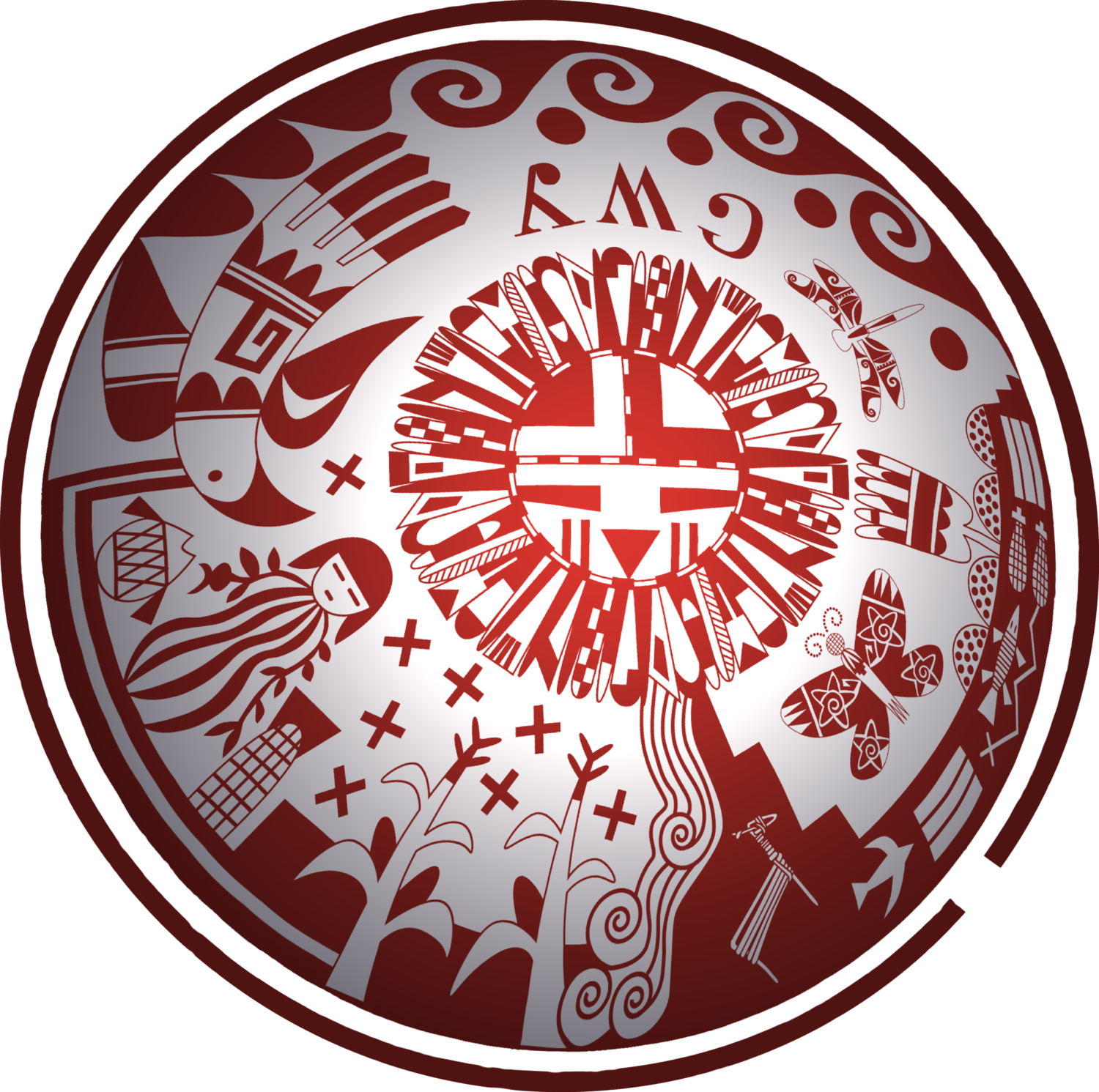Cherokee Syllabary
NC13
Gerald Dawavendewa (Hopi & Cherokee)
Cherokees are unique among indigenous people in creating their own writing syllabary. Sequoyah (Sisiquaya in Cherokee) developed the alphabet which consists of symbols representing a syllable sound. The syllabary font was later modified for typeset printing. With their own alphabet, the Cherokees printed the first indigenous newspaper, the Cherokee Phoenix in 1828.
NC13
Gerald Dawavendewa (Hopi & Cherokee)
Cherokees are unique among indigenous people in creating their own writing syllabary. Sequoyah (Sisiquaya in Cherokee) developed the alphabet which consists of symbols representing a syllable sound. The syllabary font was later modified for typeset printing. With their own alphabet, the Cherokees printed the first indigenous newspaper, the Cherokee Phoenix in 1828.
NC13
Gerald Dawavendewa (Hopi & Cherokee)
Cherokees are unique among indigenous people in creating their own writing syllabary. Sequoyah (Sisiquaya in Cherokee) developed the alphabet which consists of symbols representing a syllable sound. The syllabary font was later modified for typeset printing. With their own alphabet, the Cherokees printed the first indigenous newspaper, the Cherokee Phoenix in 1828.
Card measures 5 by 7 inches folded (12.7 by 17.78 cm)
Blank inside for your own personal message
Printed on a heavy gloss card stock
We use smudge, fade, and water-resistant ink.
Includes a description of the artwork, information on the indigenous culture inspired by, and a biography of the artist.
Envelope and sticker included.
Packaged in a clear resealable sleeve.



